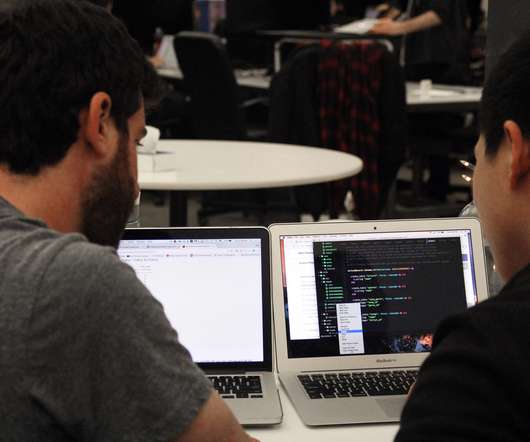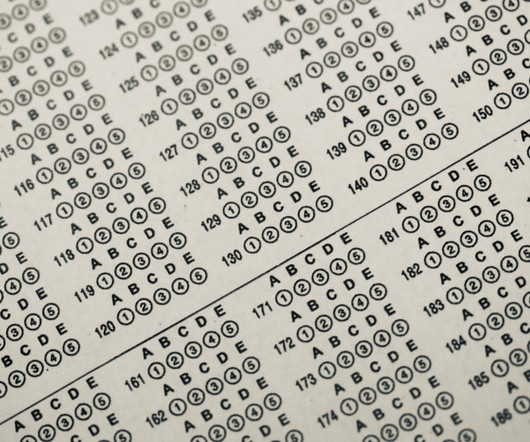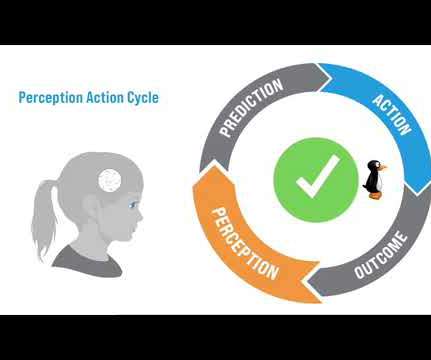8 Ways to Teach Financial Literacy
The CoolCatTeacher
MARCH 23, 2023
Bureau of Labor Statistics, “Employment of computer and information research scientists is projected to grow 15 percent from 2019 to 2029, much faster than the average for all occupations. In our student’s future, “big data” means “big opportunities.” According to the U.S. Job prospects are expected to be excellent.















Let's personalize your content